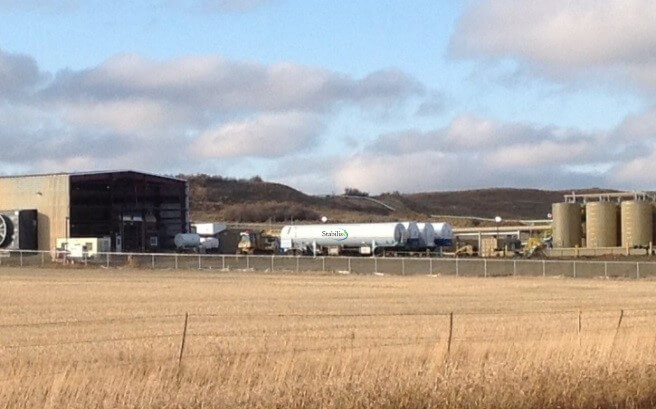Major Midstream Gas Processing & Pipeline Operator
Use Case
Temporary/Remote Power
(15.6 MW)
Client
Region
Northern Plains
Date
November 2015 thru April 2016
Services
LNG supply
Turnkey storage/regas solution
Operations & maintenance labor
LNG FOR TEMPORARY & REMOTE POWER
Many remote power projects are temporary in nature where the customer has off-grid operations requiring power from generators or turbines to supply electricity or needs operations ahead of the availability of line power from the regional electricity provider (as is described in the actual case study below). Increasingly however, we are seeing new power project opportunities in very remote areas that will not have line power for the foreseeable future or some utilities focusing on smaller scale “distributed power grids”. Off grid, remote power applications are typically associated with oil and gas E&P, mining, remote communities and areas with limited infrastructure and increasing power demand.
Remote Power Challenge:
The client was in the final stages of completing a large gas processing and compression plant for Bakken basin gas. As the startup date approached, the customer was informed by its local electric utility that the installation of the transmission lines to the facility would be delayed by four to six months. The company’s lost opportunity value was close to $1 million per day in the event of a project delay.
The customer contacted a large, international prime power rental company to provide a 16-MW interim solution. The client initially considered a diesel solution as well as one using purified gas from the gas processing section of the plant. The diesel permit process of the State of North Dakota requires extensive paperwork and public hearings. The gas solution would have required a small design change to the processing plant, but procurement of additional equipment had an unacceptable lead time.

STABILIS Solution:
Stabilis was contacted in mid-October and had its solution on site by early December with full commissioning and start of operations beginning before the Holidays.
Stabilis provided approximately 4,800 dekatherms of LNG storage (approximately two days of gas demand) with approximately 140,000 scfh of LNG vaporization using electric vaporizers energized by the on-site prime power solution.
Results:
In addition to meeting the aforementioned aggressive startup schedule, Stabilis continuously operated its LNG system and kept it on stream 99.97% of the time with less than one hour of downtime from December 17th through April 9th of the following year.
